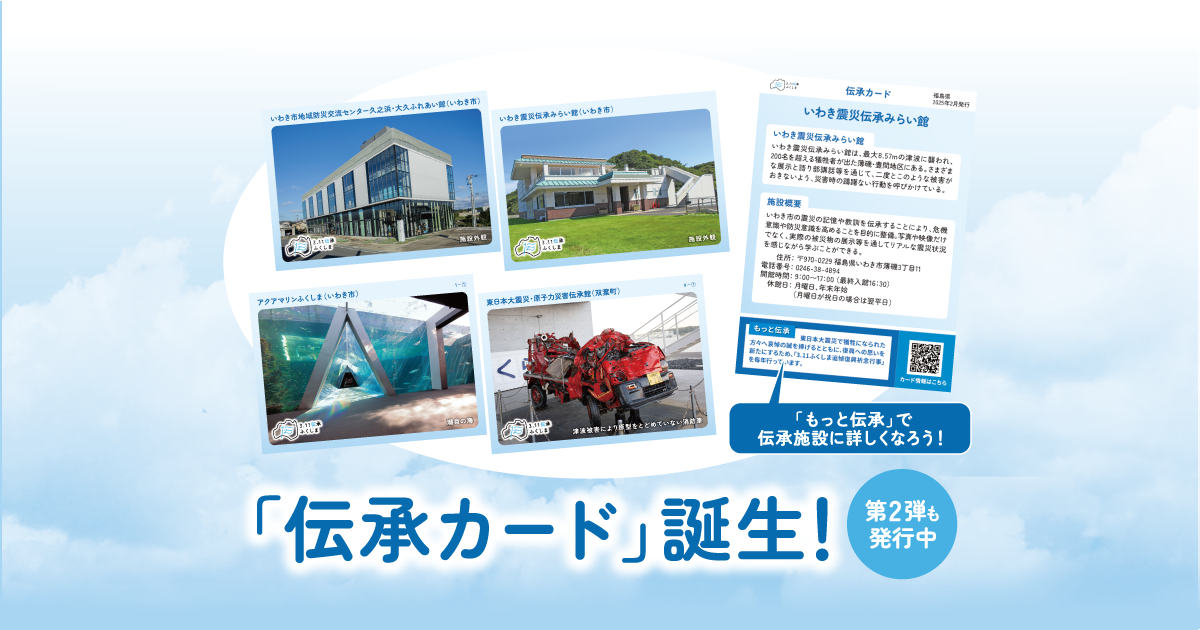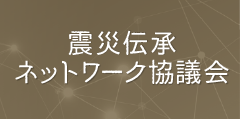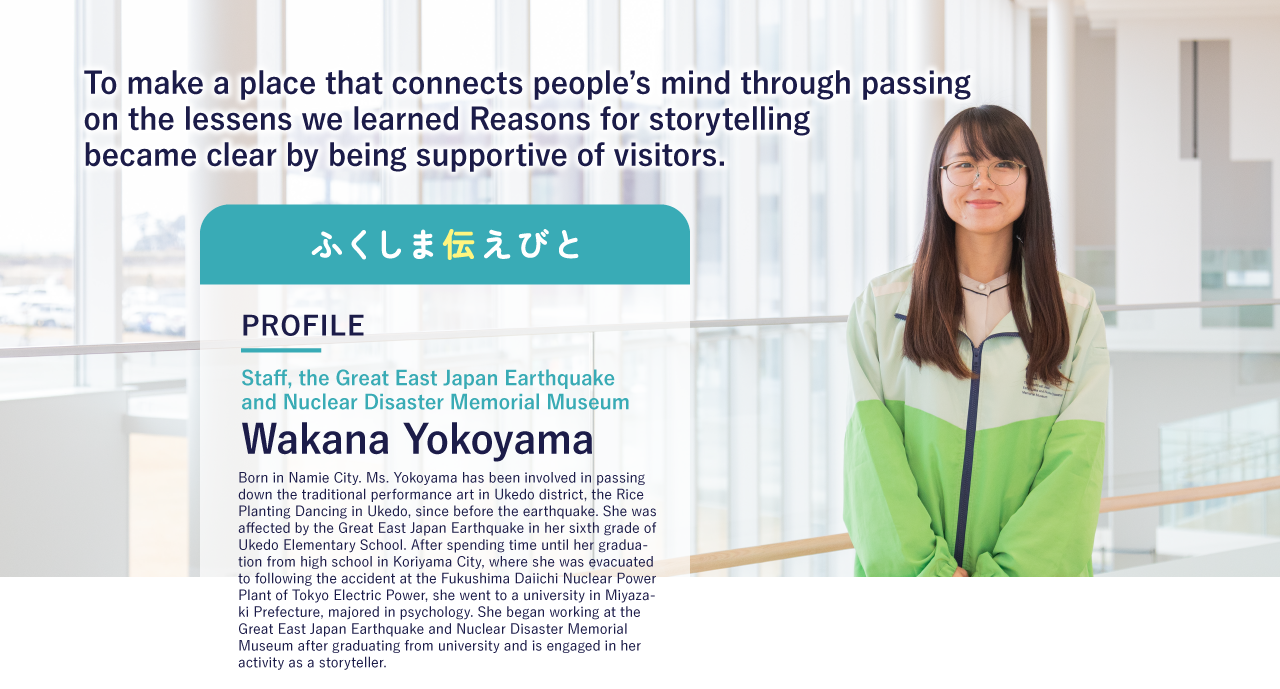
Experience as interviewee and encounter with Kamishibai, storytelling using pictures,
made her begin working on passing on lessons from the earthquake.
Ms. Wakana Yokoyama has been sharing her own experience and thoughts with visitors as a storyteller at the Great East Japan Earthquake and Nuclear Disaster Memorial Museum since her debut in May 2021. As a native of Namie Town who survived the earthquake at Ukedo Elementary School, which is the only remaining earthquake-affected structure in Fukushima Prefecture, she has been interviewed by the media, including her performance of the traditional performance art, the Rice Planting Dancing in Ukedo. She told us, however, “I felt frustrated that no matter how much I conveyed my thoughts, it was left to the discretion of reporters in the end and it was difficult to see the reaction of viewers and readers.” When she just started university, a Tokyo-based NPO that had produced the Kamishibai, picture-storytelling show, “Ukedo Elementary School Story Beyond Mt. Ohira,” based on the true stories at Ukedo Elementary School, offered her, who is a graduate of the school, to be a storyteller. That is how she started her storytelling activity. “I felt fulfilled because I could see the reactions of listeners through face-to-face storytelling. This also made me interested in work related to the earthquake.” she recalled.
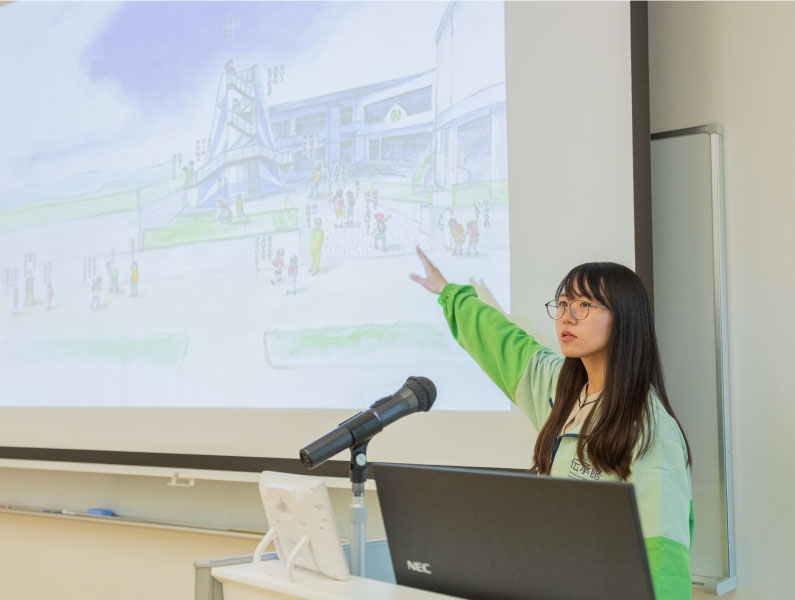
Ms. Yokoyama delivers a lecture in the training room. She conveys the story in an easy-to-see and easy-to-understand manner, with Kamishibai projected on the screen.
Tracing lost memories with Kamishibai,
the story of 12 years is condensed into 40 minutes of storytelling.
Ms. Yokoyama was in her sixth grade of elementary school when the earthquake struck. Although she felt fear during big tremors, she kept telling herself not to panic. The students temporarily evacuated to the schoolyard after the tremors subsided, but a tsunami warning made them begin evacuating to a nearby mountain. “In fact, I had lost memory of evacuation. In the process of storytelling and researching the situation at that time, I got to know more details about how we acted. The storytellers at the museum have 40 minutes to tell a story. When she just started storytelling, she had two parts: storytelling using Kamishibai for 15 minutes and storytelling of her experience in her own words for the remaining 25 minutes. The more she told the story, the more she wanted to convey it in her own words. Now, she mostly tells the story in her own words. “It is really challenging to tell the story of the 12 years since the earthquake in 40 minutes.” The students and teachers at Ukedo Elementary School all survived, but Ms. Yokoyama lost her family members. “Telling the story itself is not a pleasant thing to do. Sometimes it is tough.” Even so, what is the reason why she continues her storytelling?
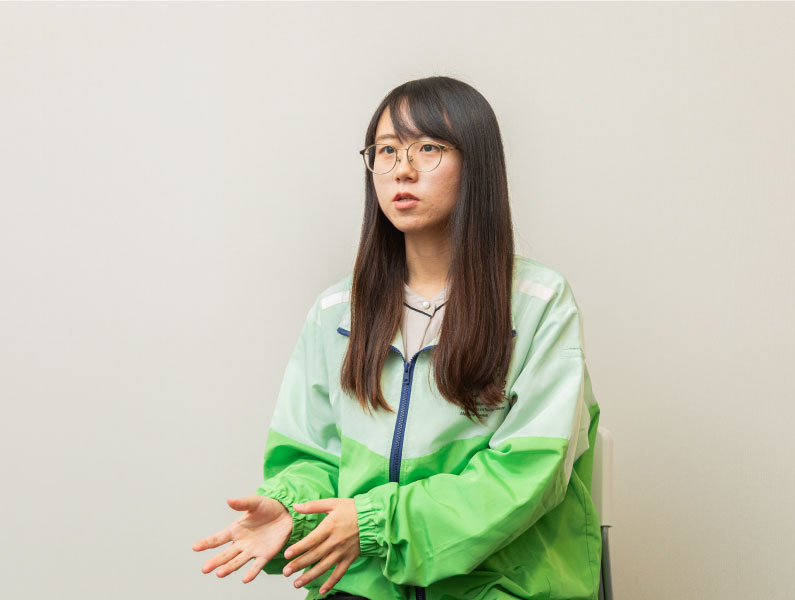
Ms. Yokoyama talks about the rewards and challenges of being a storyteller.
As a place to protect lives and connect people’s minds,
I hope those facilities that pass on what happened continue to be there for us.
“For those affected by the earthquake, the storytelling may be a place where they can share their pain.” she says. Sometimes visitors talk to her, saying “I’m from Namie Town too,” and share their stories about the earthquake with her after lectures. Earthquake victims cannot tell their stories to just anyone. Because she works at the memorial museum and is known as Wakana Yokoyama who was affected by the earthquake at Ukedo Elementary School, she can talk about her experience openly. However, it is not easy for people to share their experience in an environment where they are not known. Under such circumstances, “When I noticed that people who listened to my storytelling thought that they could reveal their deepest feelings to me, I felt I could be there for them.” said Ms. Yokoyama. “You must protect yourself when an earthquake strikes. You must run when a tusnami comes. If those ideas are widespread, I may not be necessary as a person who passes on the lessons learned. However, there are people who can be saved by listening and telling their stories. I hope that those facilities, like the memorial museum and Ukedo Elementary School, will continue to exist as places to connect people’s minds.” she told us.
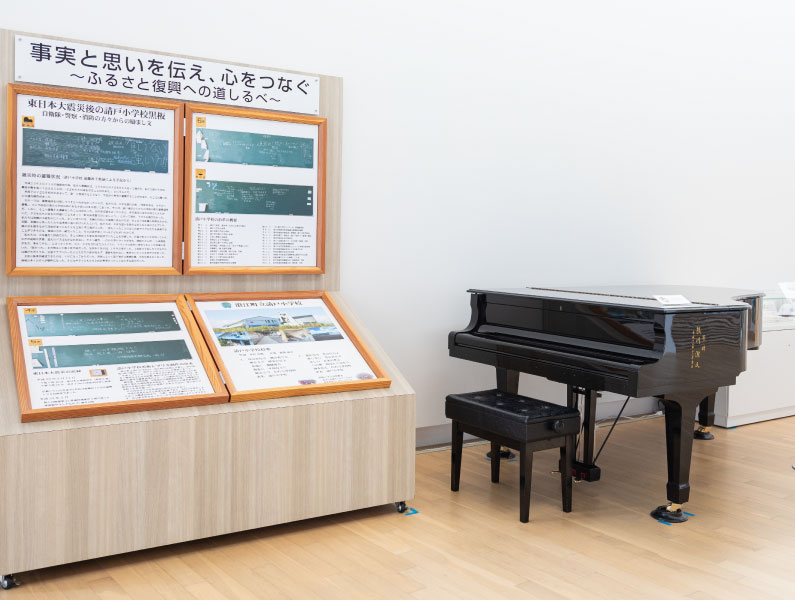
Piano that used to be at Ukedo Elementary School in Namie Town, which Ms. Yokoyama graduated from and remains to pass on the lessons learned. It was placed on the second floor at that time and flooded by 10 cm by the tsunami. It is now on display in the memorial museum, conveying memories of those days.
The Great East Japan Earthquake and Nuclear Disaster Memorial Museum
〒979-1401
39 Takada, Nakano, Futaba-machi, Futaba-gun, Fukushima Prefecture
TEL:0240-23-4402

